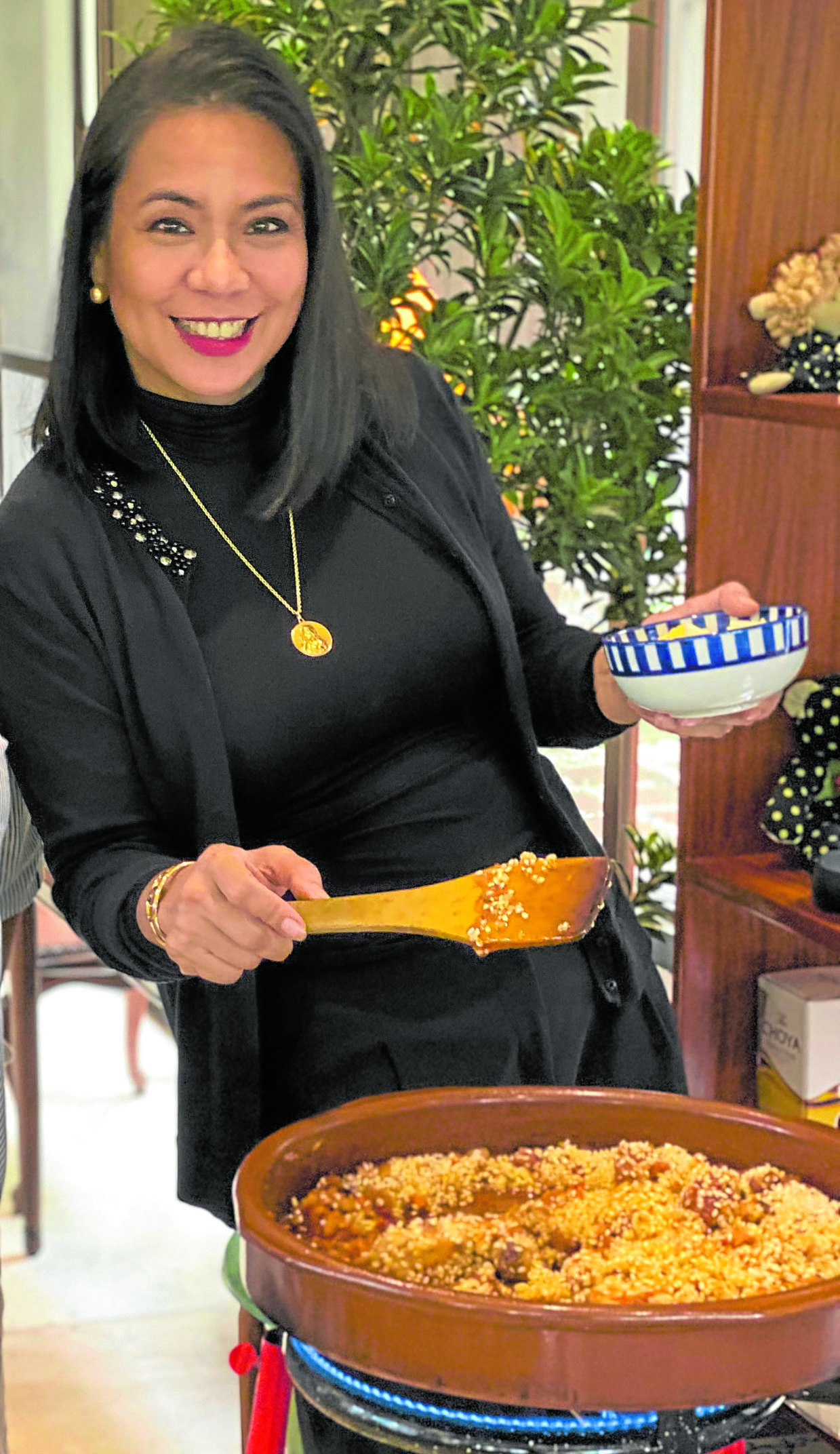I never thought my family could love me more. Not until I learned how to cook and found out that cooking is an act of love and a voluntary servitude that says more than “I love you.”
I never really wanted to cook. There was just no reason to. My mother, Teresita, was a wonderful cook, and she had trained our household help to become an arguably even better cook than she. I eventually inherited the cook when I had my own household.
Besides, for most of my adult life, all I wanted was to be a successful career woman and lawyer, a good wife and an even better mother. Knowing how to cook was not on my list of things to accomplish before retirement.
You can ask my friend, chef Reggie Aspiras. It seemed incomprehensible to her that I had no interest in cooking. She cajoled, threatened and berated me (of course, I exaggerate—slightly) about being “illiterate” in the kitchen. But I never flinched, and merely laughed and waved her off.
Not until the rabo de toro, the one dish my husband requested for and the one dish our cook had never heard of. As serendipity would have it, it was one of the recipes in chef Reggie’s cooking class for that week.
One cooking class was all it took for me to be hooked forever. I wished I had learned how to cook sooner.

Labor of love
Cooking is, indeed, a labor of love. It requires time, patience and tenderness. Anything less and you might as well just have cooked instant noodles for dinner.
The appreciation and satisfaction written all over my family’s faces are all I need to soothe the frazzled nerves that go with creating a special meal—especially when there’s other work to be done, deadlines to meet and reports to be made.
Only the truly insensitive or tastebud-deprived would not recognize the love that goes into cooking. Cooking, they say, is love made visible.
Cooking also creates memories. And not just of the tasty kind.
The smell of relleno always brings me back to all the Christmases of my childhood, when my mom spent almost a whole day deboning chicken and cutting up all the ingredients by hand, before slathering the chicken with margarine to prevent it from sticking in the oven.
The violent whacking of a knife against the wooden chopping board always reminds me of all the postparty lechon that snuck its way back onto the lunch table, disguised as my father’s favorite paksiw.
All these memories bring back the days when my father was still alive, and the family was complete and close and comfortable, much like a Pinoy Norman Rockwell painting.
I hope that one day, when my children see an earthenware cazuela, they will remember all those birthdays marked by their mother’s cooking of paella, chicken Iberico and fabada. When they see a lechon, they won’t think of paksiw, but all the efforts their mother made to create cochinillo in the kitchen.
I hope, too, that when they are all much older, they will remember the days of the pandemic lockdown, not for the suffering it wrought in its wake, but for the daily cooking and experimentation that led us to create the “Covid Cookbook,” the repository of all the old and new recipes we had tried, individually and collectively, to cope with the pangs of hunger and uncertainty that was the pandemic.
I hope they remember, as well, how our family survived the endless days of being together 24/7, finding purpose, meaning, belonging, intimacy and family in the kitchen.
So, yes. I guess I can say that cooking and food are, indeed, our love language. What’s yours?
Farmer’s Paella
This paella was one of the recipes I learned from chef Reggie’s classes and has become a family mainstay at birthdays—and only at birthdays—to ensure that everyone looks forward to the special food that is cooked only on special days, for my special people.
4 tbsp extra virgin olive oil
2 tbsp chopped garlic
1 c chopped onion
½ c chopped tomatoes
1 piece fresh sausage of choice, casings removed and crumbled
1/3 c chorizo1/3 c slab bacon
½ tsp saffron
½ c canned tomato
1 tbsp tomato paste
1 tsp Spanish paprika
2 c raw rice, unwashed
2 c clam juice
1 ¼ c stock or 1 ¼ c water + 2 tsp chicken powder
1 medium-sized zucchini, sliced
Clams, boiled and shelled
Heat oil in paellera. Sauté garlic, onions and tomatoes. Add sausage and bacon to the sofrito and cook until the fat is rendered.
Stir the rice gently into the sausage mix and make sure all the grains are evenly coated with oil before adding the broth and the rest of the ingredients.
Season with salt and pepper to taste and cook until rice is tender. Garnish and serve. —CONTRIBUTED
The author, mother of four, is a lawyer, legal segment TV host, advocate for mental health, adoption and helping others, law professor, “Flotup” (Fur Lady of the University of the Philippines) and “definitely the better half” of UP president Danny Concepcion.
Are you also a passionate home cook and want to be featured? Share with us your story and recipes, along with mouthwatering photos. Send them to MyInquirerKitchen@gmail.com.